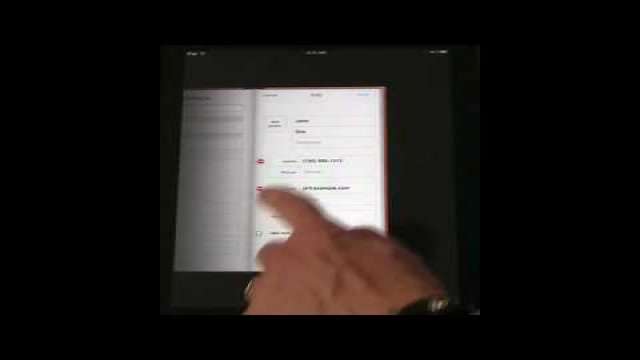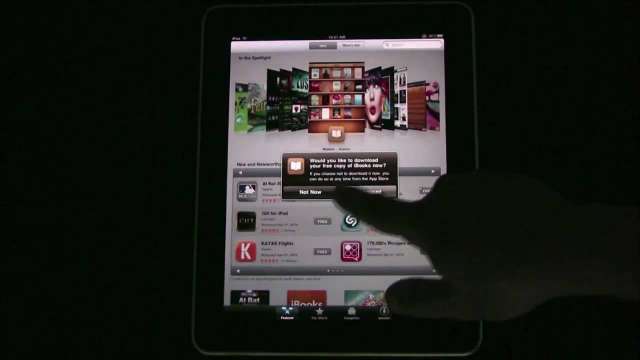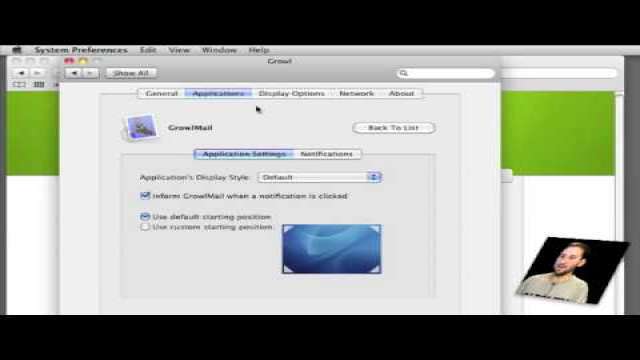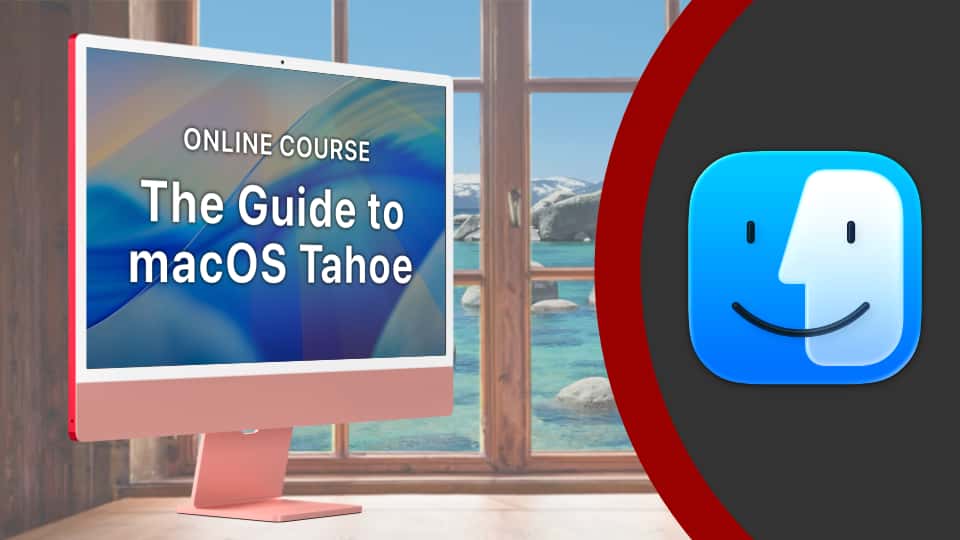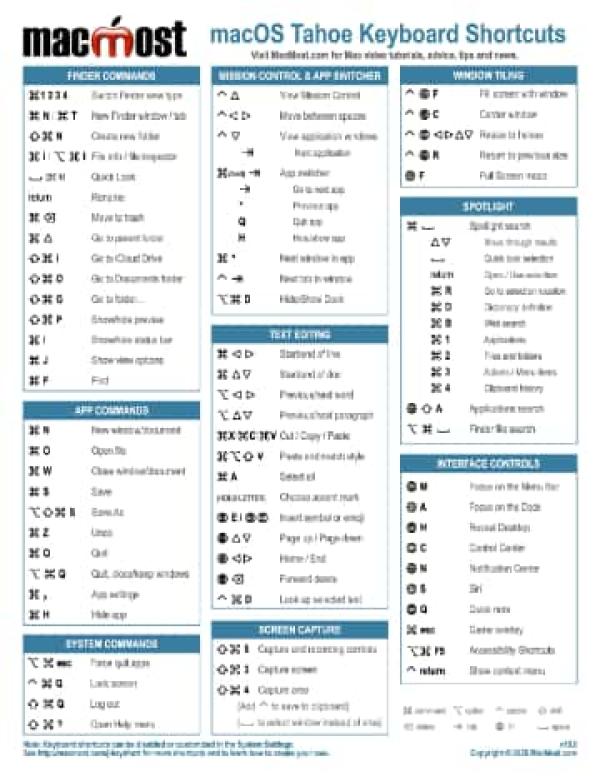 Even with the reservations system in place for the iPad launch, there were still lines. In fact, there were two lines at each Apple store: one for those with reservations, and one for those without. Those with reservations were supposedly guaranteed an iPad, but that didn’t stop them from lining up hours before the stores opened, just to be sure.
Even with the reservations system in place for the iPad launch, there were still lines. In fact, there were two lines at each Apple store: one for those with reservations, and one for those without. Those with reservations were supposedly guaranteed an iPad, but that didn’t stop them from lining up hours before the stores opened, just to be sure.
Apple officially announced that they sold 300,000 iPads on the first day. This would include pre-orders mailed out, reservations picked up, and regular walk-in sales. The iPad was only on sale in the U.S. Analysts estimate the first week at about 500,000 iPad sales.
While shortages of iPads were occasionally reported at Apple stores and other retailers like Best Buy, it seems Apple made enough to go around.
But Apple isn’t resting on this success. Later today Apple will give a sneak peak of the next version of the iPhone OS. Most likely they are doing this because they want to get it in the hands of app developers and beta testers soon, so they might as well announce the new features now. Rumors are that two major new features will be multitasking and printing from apps. Others speculate GPS navigation in the Maps app and a merged inbox email view in the Mail app.
Expect developers to be able to get their hands on the new OS soon, but the general public will most likely wait for a new iPhone model this summer.
We’ll be reporting news of the event on Twitter, Facebook and the left sidebar of the MacMost home page.
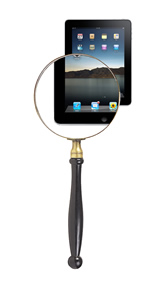 Apple sent out iPads to a select few journalists and their reviews have been posted over the last few days. Here is a round-up of major reviews and what they said.
Apple sent out iPads to a select few journalists and their reviews have been posted over the last few days. Here is a round-up of major reviews and what they said.
Apple released an update to iTunes this week that added support for the iPad, so Macs and PCs will be ready to sync with the device on Saturday when people start bringing them home. MacMost will have its first look and review of the iPad starting Saturday and continuing with closer looks at the device in videos throughout next week.
 Apple seems to be scrambling to get content for the iPad ready to go for launch day. At the same time, publishers have been preparing books and other content. Several publishers should have books available on day one, or soon thereafter. But some, like Random House, are holding out according to reports that have those publishers worried that book prices may follow iPhone app prices into the bargain basement range.
Apple seems to be scrambling to get content for the iPad ready to go for launch day. At the same time, publishers have been preparing books and other content. Several publishers should have books available on day one, or soon thereafter. But some, like Random House, are holding out according to reports that have those publishers worried that book prices may follow iPhone app prices into the bargain basement range.
Publications like the Wall Street Journal may be preparing subscription services. Reports are that the WSJ will be available on the iPad for $18/month.
Wired magazine has been reportedly testing an iPad version and also selling ads to fill it. Some magazines may be selling per-issue at full price on the iPad, while others will sell at a discounted level. Some will have advertising and some won’t — at least to start.
It will be interesting to see which publications do well on the device, and which fail to gain an audience. It will also be interesting to see how they do against iPad and online-only publications that do no need to also support a print version. An digital-only publication theoretically costs the same to produce whether there are a thousand subscribers or a million.
On the video side, CBS has been reportedly testing our a Flash-less version of its Web site that should work on the iPad. The video would use HTML5 for playback, rather than the Flash plug-in.
And on the App side, there are reports of developers getting their games and other apps ready for iPad launch day. Some developers have had access to iPads for testing.
In Mac news, Adobe seems poised to release its Creative Suite 5, which would include new versions of software such as Photoshop, Flash, Illustrator and Acrobat. The date has been set for April 12. But lest you think this news doesn’t somehow involve the iPhone, the new version of Flash is supposed to allow Flash developers to make native apps for the iPhone and iPod Touch. This would be different than Flash on the Web. The apps would simply appear as normal apps. Many apps are already developed in alternative environments from the standard Apple Xcode environment. Adobe even lists some Flash-created apps on its Web site and blogs.
Apple lost one of its board members this last week when Jerome B. York died of a brain aneurysm. York had been on Apple’s board since 1997. During his career, York also served as CFO of Chrysler and CFO of IBM.
 Last Friday Apple began taking pre-orders for iPads. You can pre-order for delivery or reserve an iPad for pick-up at your local Apple Store. The initial models will be available on April 3rd, and will be WiFi models only. A 3G model, able to connect to AT&T and other wireless networks, won’t be available until about a month later.
Last Friday Apple began taking pre-orders for iPads. You can pre-order for delivery or reserve an iPad for pick-up at your local Apple Store. The initial models will be available on April 3rd, and will be WiFi models only. A 3G model, able to connect to AT&T and other wireless networks, won’t be available until about a month later.
Reports varied on sales. Some estimates but the first day’s sales at just under 100,000 orders. But Apple hasn’t released any official numbers yet. The reports are only estimates from financial analysts.
In addition to Apple’s e-book reader app that is expected to ship with the iPad, it looks like we will have a choice of other e-book reader apps as well. Barnes and Noble has announced that they will have a reader app for the iPad. And it is expected that Amazon will have a Kindle app — they already have one for the iPhone while will most likely work on the iPad.
The Kindle desktop application finally made it to the Mac this week with Amazon’s release of a public beta test of “Kindle for Mac.” You can download it at http://www.amazon.com/gp/kindle/mac/.
Research company NPD Group reported that Mac sales were up significantly in the first two months of this year as compared to last year. New iMac and MacBook Pro models in late 2009 are the most likely cause, as well as a recovering economy.
Apple released a minor update to Safari, version 4.0.5, this week, available through Software Update. The new version features many performance and stability improvements.
 Last Friday Apple overhauled the Mac Developer program for the first time in years. Gone is the tiered system, replaced with a single $99 price. But also gone is the hardware discount. Thought some developers point out that with a $99 program replacing a $500 one, the savings are close to the hardware discount anyway.
Last Friday Apple overhauled the Mac Developer program for the first time in years. Gone is the tiered system, replaced with a single $99 price. But also gone is the hardware discount. Thought some developers point out that with a $99 program replacing a $500 one, the savings are close to the hardware discount anyway.
Unlike the iPhone Developer Program, the Mac Developer Program isn’t required to develop Mac software. Apple does not control the distribution of Mac software like it does for the iPhone, iPod Touch and iPad. So membership in the Mac Developer Program is voluntary, with support being the primary benefit.
Game developer Valve announced that it is bringing the bulk of its game library to the Mac in April. Games include Left 4 Dead 2, Team Fortress 2, Counter-Strike, Portal, and the Half Life game series. In addition, new games were being developed for simultaneous deployment on PCs and Macs. This follows EA’s lead from a few years back when it started deploying games on the Mac at the same time as for Windows.
Apple removed more apps from the App Store this week, this time targeting Wi-Fi “stumblers” — apps that look for and display the names of nearby Wi-Fi signals. The reason for the purge this time is simply that many of these apps use part of the iPhone OS that is restricted by the iPhone Developer agreement. These are referred to as “private APIs” and can cause the app to stop working correctly when that part of the iPhone’s OS is updated, which is why Apple prohibits their use. Some Wi-Fi finder apps that did not use this functionality remain in the App Store.


